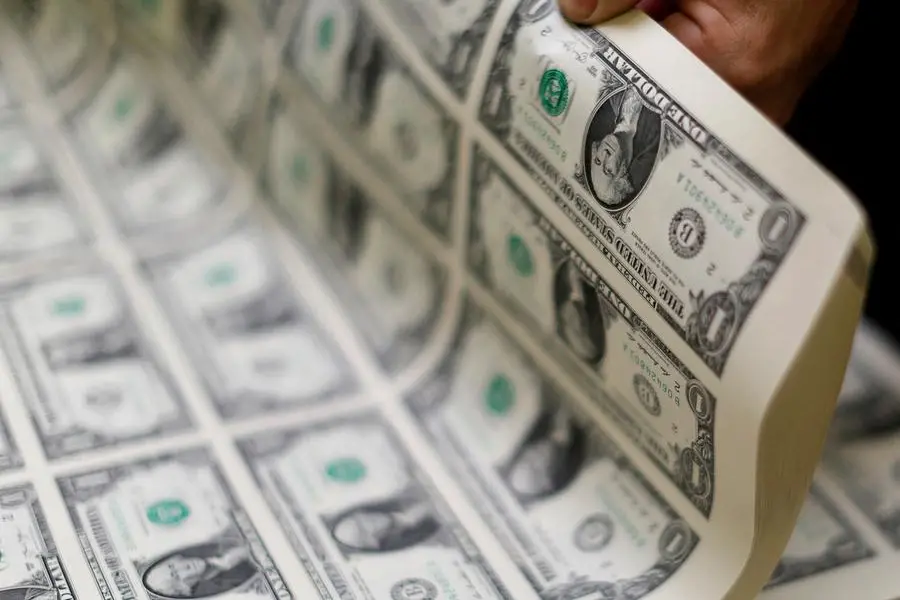PHOTO
NEW YORK - The U.S. dollar rose against the euro and sterling on Friday, and was on track for its biggest weekly gain since February, as investors shifted to safe havens after consumer sentiment data fueled concern about the U.S. debt ceiling and monetary policy.
A University of Michigan survey on Friday showed May U.S. consumer sentiment slumped to a six-month low on worries that political dispute over raising the federal government's borrowing cap could trigger a recession.
Consumers' long-term inflation expectations jumped to their highest since 2011.
That could influence the Federal Reserve which signaled last week that it could pause its interest-rate hikes. "Rate differentials are continuing to tilt in the dollar's favor," said Karl Schamotta, chief market strategist of Corpay in Toronto.
"The surprises in the University of Michigan consumer sentiment survey are painting sort of a stagflationary picture for the U.S. economy and one that could justify another rate hike at the June Fed meeting, but certainly will diminish odds of rate cuts in the latter half of the year."
Recent data showing a slowing economy has boosted the case that the Fed will pause hiking rates at its June meeting. Data also showed U.S. consumer price index inflation cooling to 4.9% year-on-year in April.
Moreover, weekly jobless claims rose more than expected. But the labor market remains tight, with 1.6 job openings for every unemployed person in March, well above the 1.0-1.2 range consistent with a market not generating too much inflation.
Fed Governor Michelle Bowman said the central bank will probably need to raise rates further if inflation stays high.
The pound fell 0.5% to $1.2448, while the euro weakened 0.6% to $1.0851, a day after falling to a one-month low.
That left the dollar index up 0.6% at 102.69, notching a weekly gain of 1.4% - its biggest weekly rise since February.
Joe Manimbo, senior market analyst at Convera, noted that elevated U.S. inflation spurred some skepticism about the Fed's year-end rate cuts, and that the view that other central banks may be closer to pausing rate hikes as well has weighed on European currencies.
"Dollar gains this week have been multidimensional. The buck has served as a safe harbor from worries about a weak Chinese economy and volatility on Wall Street," Manimbo wrote.
"While stronger, it's too soon to tell whether the dollar's run of weakness has turned the corner. Markets would need to take rate cuts off the table to lend meaningful upside traction to the greenback."
Futures traders see a pause in June, and the fed funds falling later in the year. The Fed's target range stands at 5% to 5.25%, having risen rapidly from 0% since March 2022.
(Reporting by Laura Matthews; Editing by Andrew Heavens, Nick Macfie and Richard Chang)





















